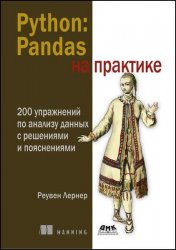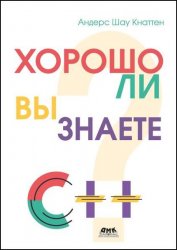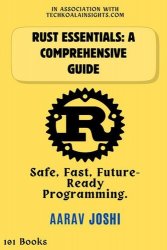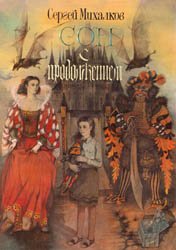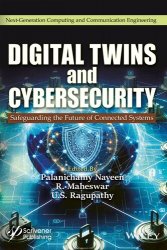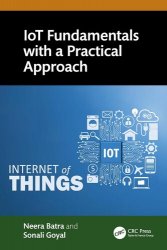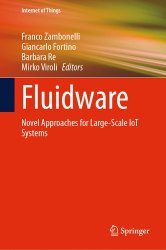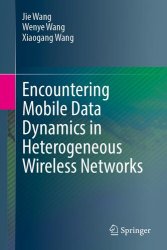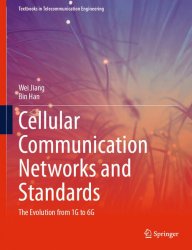 Название: Cloud Security: Concepts, Applications and Practices
Название: Cloud Security: Concepts, Applications and PracticesАвтор: Jamuna S. Murthy, Siddesh G.M., Srinivasa K.G.
Издательство: CRC Press
Год: 2025
Страниц: 311
Язык: английский
Формат: pdf (true)
Размер: 10.1 MB
This comprehensive work surveys the challenges, the best practices in the industry, and the latest developments and technologies. It covers the fundamentals of cloud computing, including deployment models, service models, and the benefits of cloud computing, followed by critical aspects of cloud security, including risk management, threat analysis, data protection, identity and access management, and compliance. Cloud Security explores the latest security technologies, such as encryption, multi‑factor authentication, and intrusion detection and prevention systems, and their roles in securing the cloud environment. Cloud computing has revolutionized the landscape of data sharing, serving as a transformative catalyst in the way organizations collaborate and exchange information. The hallmark of cloud computing is its scalable and on‑demand access to resources, fundamentally altering the traditional paradigms of data sharing. Unlike conventional methods, cloud‑based data sharing goes beyond geographical constraints, opening up avenues for real‑time collaboration and reducing latency. Platforms like Google Cloud and Amazon Web Services (AWS) stand as exemplars, showcasing the unprecedented efficiency gains achievable through cloud‑driven data sharing. This book is aimed at postgraduate students, professionals, and academic researchers working in the fields of Computer Science and cloud computing.
